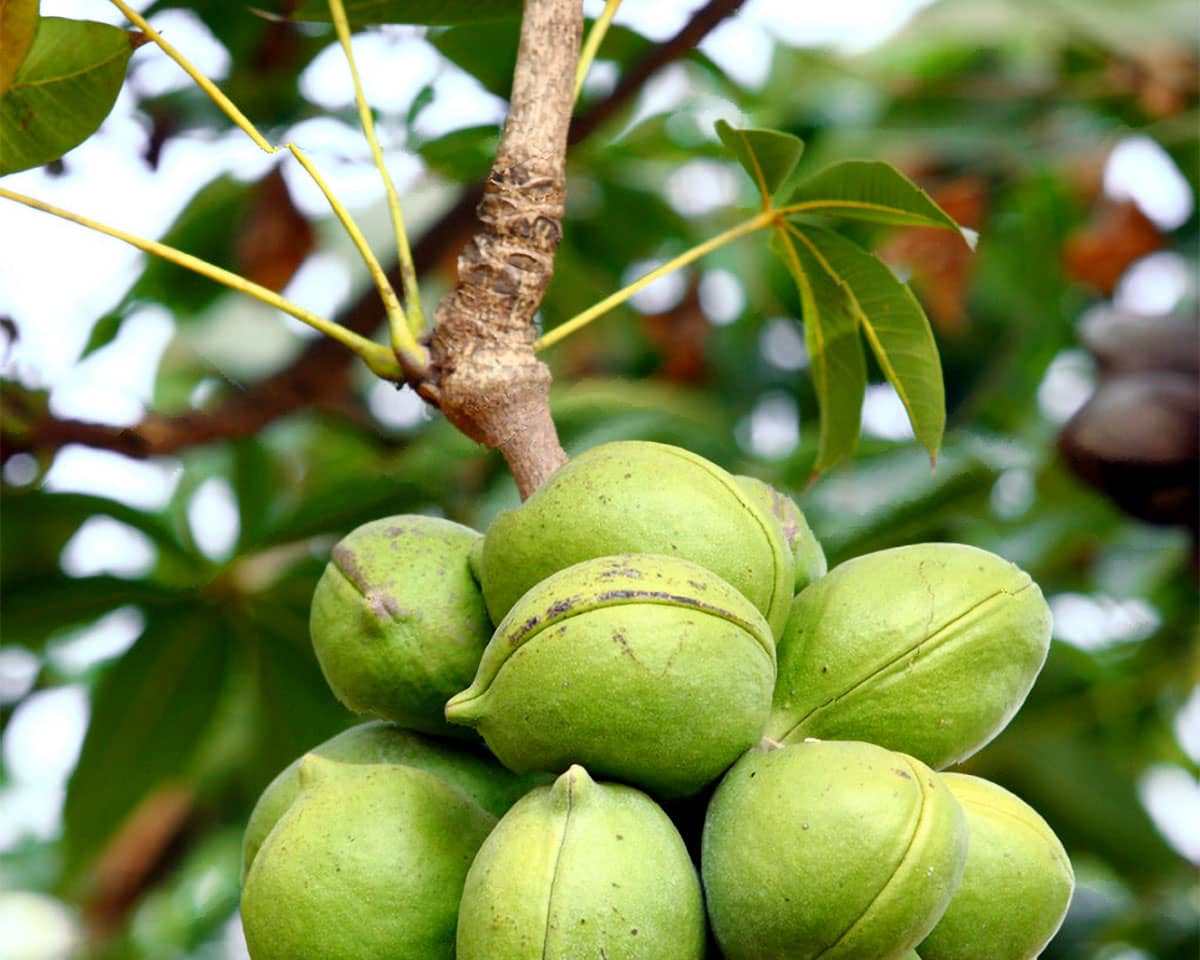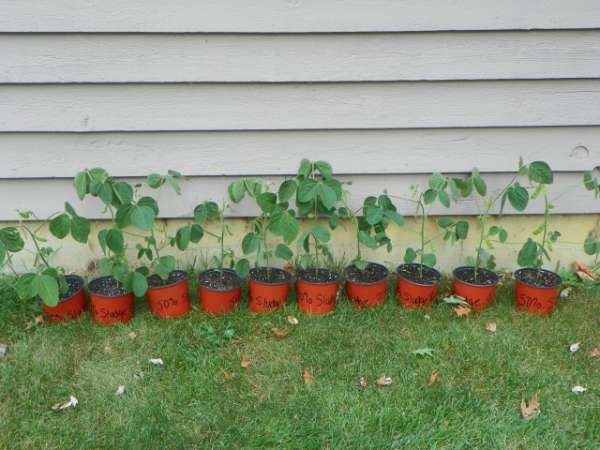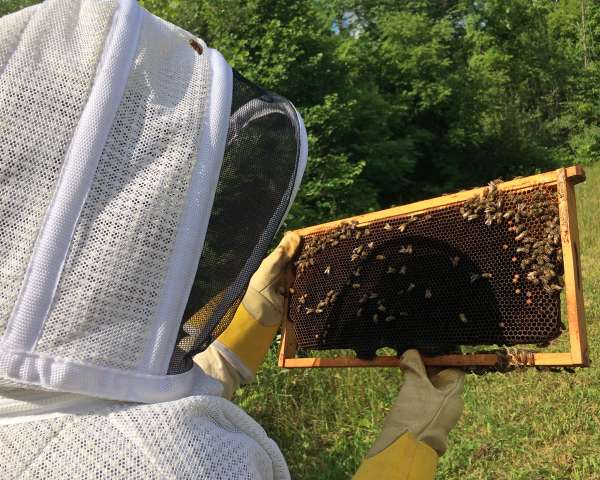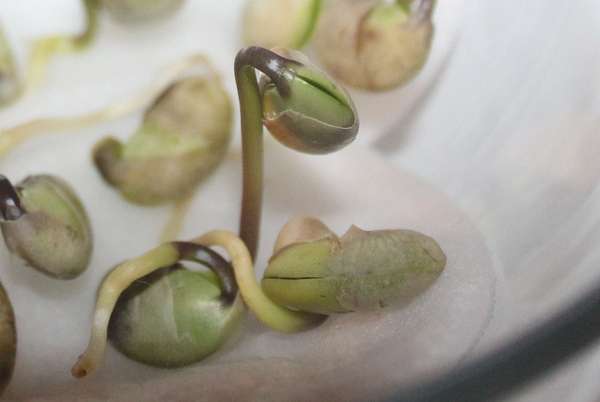Bioeconomy and soybeans: investigating challenges and exploring solutions
Lessons
# Introduction to bioeconomy
Students learn vocabulary that will help them to understand the topic of agriculture as it relates to the bioeconomy.
Files
# Introduction to soy production
Students read about soybean production and the problems it can solve
Files
# Countries that produce soybeans
Students read about the history of soybean production in Latin America and produce summaries in Spanish. For tips about creating a PechaKucha, see Pecha Kucha: Tips, Resources, & Examples.
Files
# Exploring solutions
Students use their country study and knowledge gained from the field trip/panel discussion to develop solutions to the challenges of soy production.
Files
Teacher background
In recent decades, the cultivation of soybeans in Spanish-speaking countries has piqued the interest of governments, scientists, and farmers as they seek to grow their economies using sustainable agricultural methods. Spanish-speaking countries such as Argentina, Paraguay, Uruguay, and Bolivia currently produce a substantial volume of the world’s soybeans. Yet, these countries face various challenges as they seek to increase their yield of soybeans to help meet the domestic and international demand for soybeans and soy-derived products.
In this unit, students begin by exploring the concept of bioeconomy, or “those parts of the economy that use renewable biological resources from land and sea—such as crops, forests, fish, animals and micro-organisms—to produce food, materials and energy” (European Commission, 2018). Next, students learn about soybean cultivation and explore the role of soybeans in local, national, and international bioeconomies. After exploring these concepts broadly, students target their exploration of soybean cultivation and bioeconomics to specific Spanish-speaking countries through case studies of the Spanish-speaking countries that produce the highest percentages of soybeans and soy-derived products for international trade.
Efforts have been made to make this unit suitable as both a stand-alone unit for any world language classroom and a transdisciplinary problem-based learning (TPBL) unit that could be used across disciplines by teams of teachers collaborating in a STEM environment. Suggestions for transdisciplinary connections are included in the curriculum packet. While the unit is written with Spanish as the target language, it may be easily adapted to meet the needs of other world languages by replacing the case studies and ancillary materials with ones that highlight the countries of other target languages. Similarly, it could be easily adapted to meet the needs of English Language Learner classrooms in which the home language of students is Spanish.
For more information on bioeconomies, see La bioeconomía: oportunidades y desafíos para el desarrollo rural, agrícola y agroindustrial en América Latina y el Caribe (Bioeconomy: Opportunities & Challenges for Rural Development, Agriculture, and Agroindustry in Latin America and the Caribbean). For more information on soybean production, see Soja y su modo de producción (Soy and its method of production).
Next gen science standards
Science and engineering practices
- Asking questions (for science) and defining problems (for engineering)
- Analyzing and interpreting data
- Constructing explanations (for science) and designing solutions (for engineering)
- Engaging in argument from evidence
- Obtaining, evaluating, and communicating information





Share this